Breaking news
What is Old Soviet-Made Ukrainian S-200 Air Defense System Used to Destroy Modern Russian Aircraft?.
Recent developments in the Russian-Ukrainian War have reinvigorated discussions about the durability and effectiveness of Soviet-era military technology, particularly the S-200 air defense missile system. Code-named in NATO as SA-5 Gammon, this system has recently been credited with the downing of several modern Russian aircraft, including an A-50 AWACS plane and a Tu-22M3 bomber, as reported by Ukrainian armed forces. In this article, we will focus on the combat capabilities and technical features of the S-200 air defense missile system, examining its missile technology, radar components, and engagement performance.
Follow Army Recognition on Google News at this link
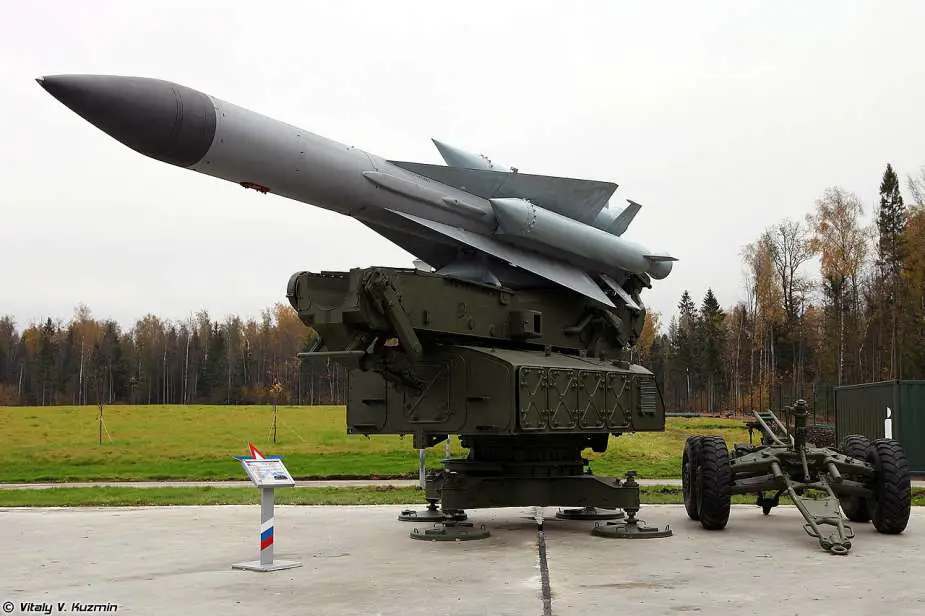
The S-200 missile launcher station consists of a single-rail launcher. (Picture source Vitaly Kuzmin)
The development of the S-200 Angara, designated SA-5 Gammon by NATO, commenced in the early 1950s under the direction of the Aleksandr Raspletin (SB-1) and Petr Grushin design bureaus. This initiative was a response to a perceived gap in the Soviet Union's air defense capabilities, particularly in countering the new generation of American high-speed, high-altitude strategic bombers. The Almaz/Antei Concern of Air Defence, formerly part of the Soviet PVO Strany, now oversees the marketing of the system.
Designed to augment the shorter-range S-25 (SA-1) and S-75 (SA-2) systems, the S-200 was aimed at engaging and neutralizing a diverse array of air threats, including advanced aircraft like the F-4, B-52, F-111, and SR-71, as well as aircraft equipped with active jamming capabilities. Its development reflects the strategic imperative of the Soviet Union to maintain air superiority and prevent deep-penetration aerial bombings.
The operational deployment of the S-200 began with trials of the original 5V21 missile around Tallinn, Estonia, from 1963 to 1964. By 1966, the first operational regiments were established, and the network expanded rapidly. At its peak in the mid-1980s, the deployment included 130 sites with 1,950 launchers. However, by the late 1990s, these numbers had significantly declined due to the system being superseded by the more advanced S-300P (SA-10 Grumble) family, leading to the decommissioning and sale of older systems to fund modernization efforts.
The S-200 underwent several upgrades throughout its service life. The initial version, the S-200 (SA-5a), introduced in 1963, was equipped with the 5V21 missile capable of reaching up to 150 km. This missile was command-guided and carried a conventional warhead. The system was later upgraded to the S-200V Angara (SA-5b) in 1971, which featured the 5V28 missile extending the range to 250 km and offering the capability to carry either a conventional high-explosive fragmentation warhead or a nuclear warhead with a yield of 25 kilotons. This version also included a semi-active radar terminal homing seeker.
The final iteration, the S-200D Angara (SA-5c), was introduced in 1975 with further enhancements. It featured the 5V28V missile, which boasted improved maneuverability, an upgraded radar guidance system with enhanced electronic counter-countermeasures (ECCM) capabilities, and an extended range of up to 300 km. The conventional warhead-only export version was designated as S-200DE Vega. Additionally, there were developments during the 1970s towards creating a variant equipped with an anti-radar homing passive seeker missile, aimed at countering standoff jammers and early AWACS-type aircraft.
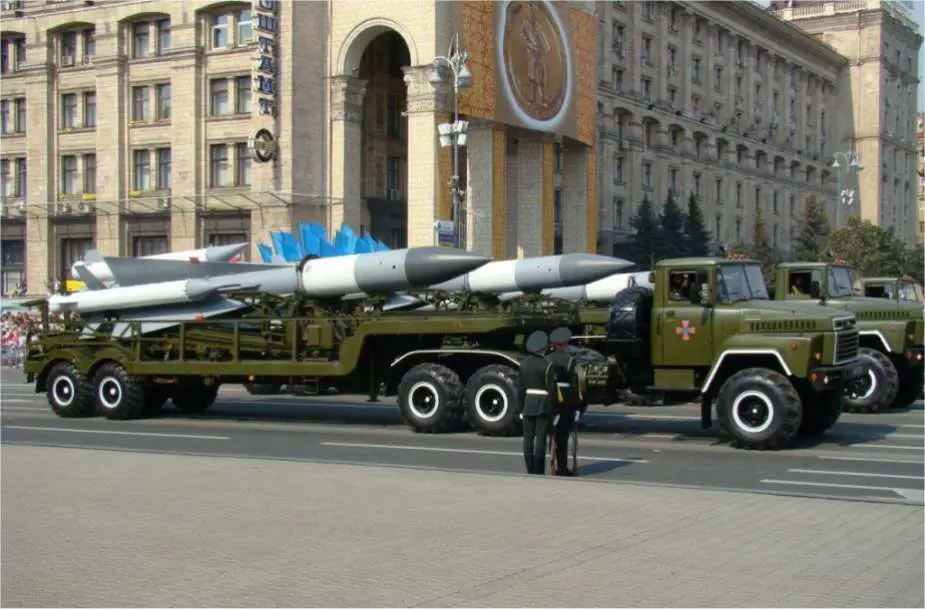
The S-200 missile is capable of engaging aerial targets at a maximum range of 300 km and an altitude of up to 40 km. (Picture source Wikimedia)
The S-200 missile, a pivotal component of the S-200 air defense system, is a sophisticated single-stage missile featuring four jettisonable, wraparound solid fuel booster packs. Each booster is 4.9 meters long and 0.48 meters in diameter, with a fin span of 0.35 meters from the body. The core missile, designated as the 5V21, extends to a total length of 10.5 meters with a maximum wingspan of 2.85 meters. Its main body, with a diameter of 0.86 meters, houses a single-stage liquid fuel rocket engine that delivers a thrust of 10,000 kg for durations ranging from 51 to 150 seconds.
This missile is designed to operate over a range of velocities from 700 to 2,500 meters per second, enhancing its adaptability to different engagement scenarios. The operational range varies with different versions of the missile: the original S-200 can reach up to 150 kilometers, the S-200V extends to 250 kilometers, and the S-200D further increases this capability to 300 kilometers. The minimum engagement range across all versions is approximately 7 kilometers, a factor influenced by the initial booster burn time of 3-5 seconds, producing 160,000 kg of thrust, which is essential for the missile to clear the launcher and begin its trajectory towards the target.
Guidance for the missile is twofold: initial guidance is provided via command signals from the 5N62 (“Square Pair”) radar up to about 60 kilometers from the launch site. Beyond this point, the missile’s own active radar terminal homing seeker takes over, fine-tuning its course to ensure precision targeting during the final approach to the target. This system is highly effective in engaging targets at various altitudes, with the S-200 capable of reaching up to 20,000 meters, the S-200V up to 29,000 meters, and the S-200D capable of intercepting targets at altitudes as high as 40,000 meters. The minimum operational altitude for all versions is 300 meters.
The S-200 missile is armed with a 217 kg high-explosive (HE) fragmentation warhead, which includes 97 kg of explosives. This warhead can be detonated by either proximity or command fuzing, depending on the tactical needs and the nature of the target. Additionally, certain variants of the missile are equipped with a 25-kiloton nuclear warhead, providing a strategic deterrence option.
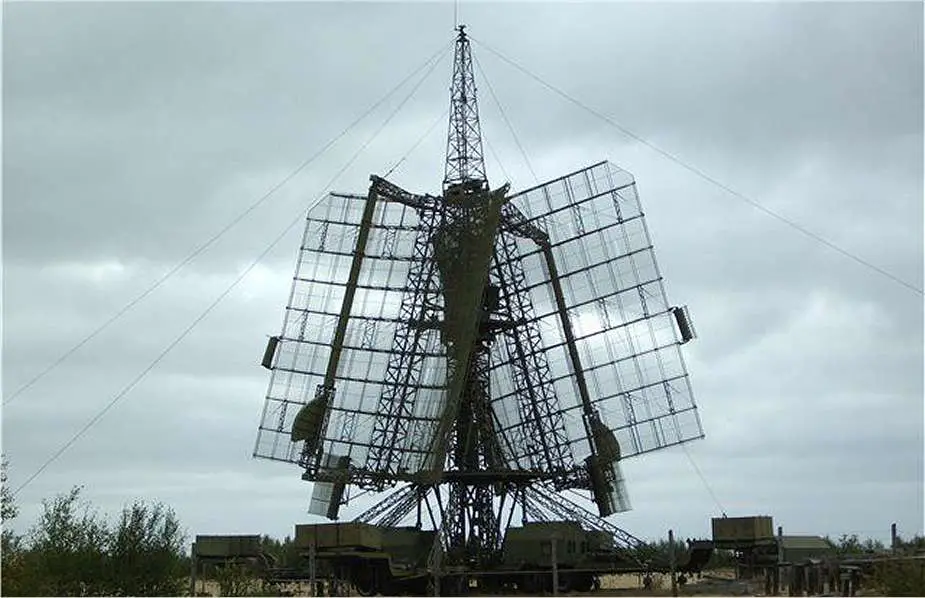
The headquarters unit of an S-200 regiment is equipped with a D-band radar, known to NATO as Big Back.
The headquarters unit of an S-200 regiment plays a pivotal role in the overarching air defense strategy, central to which is its radar section. This section is equipped with a D-band radar, known to NATO as "Big Back," which boasts an impressive range exceeding 500 kilometers. This early warning radar system is crucial for the long-range detection of incoming aerial threats, providing the regiment with the necessary lead time to react effectively and coordinate its defenses.
Each missile battalion within the S-200 regiment is meticulously organized to maximize its operational efficiency and readiness. The first component of this battalion is the P-35M radar, identified by NATO as "Bar Lock-B." This E/F-band radar system is capable of searching and acquiring targets up to 320 kilometers away. It integrates a D-band IFF (Identify Friend or Foe) system, which is essential for distinguishing between allied and adversarial units during complex air engagements.
Additionally, each missile battalion is equipped with an H-band 5N62 radar, which NATO refers to as "Square Pair." This radar system extends over 270 kilometers and is specifically designed for missile guidance, ensuring precision in targeting and engagement. Its capability to guide missiles accurately is a cornerstone in the effectiveness of the S-200’s defensive operations.
Supporting the radar systems, each battalion includes six 5P72 launchers. These semi-fixed, single-rail launchers are trainable, allowing for flexible engagement angles against incoming threats. Each launcher is complemented by its respective loader units, which are vital for missile handling and readiness, ensuring that the S-200 can respond promptly to threats.
Furthermore, the missile battalions are equipped with pre-launch preparation cabins and diesel-powered electricity generator stations. These components are crucial for maintaining missile readiness and operational autonomy. The preparation cabins provide secure and controlled environments for the technical preparations of the missiles before deployment, while the generators ensure a reliable power supply, critical for the radar systems, launch mechanisms, and support facilities to function effectively, especially in remote or undeveloped theaters of operation.
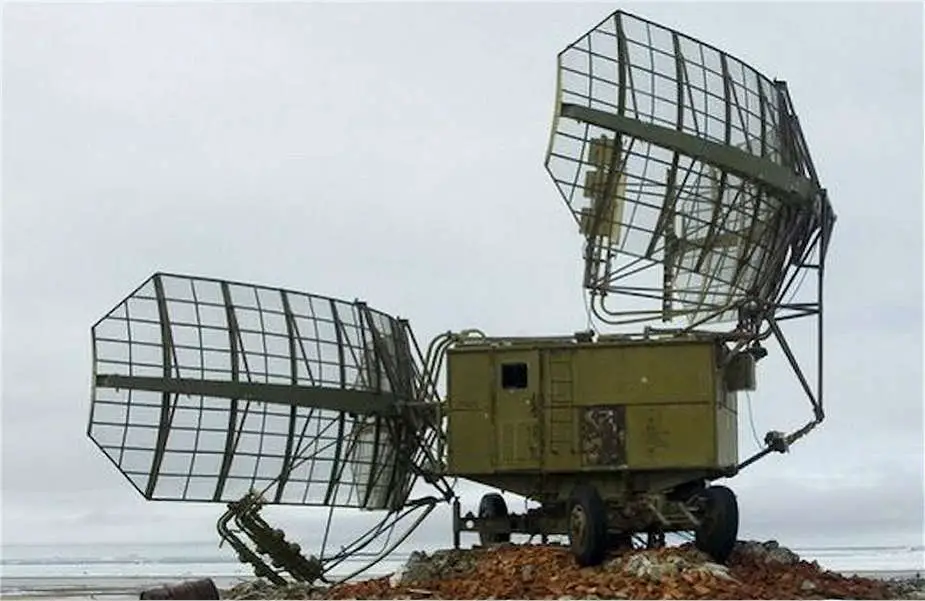
The first component of S-200 battalion is the P-35M radar, identified by NATO as "Bar Lock-B." This E/F-band radar system is capable of searching and acquiring targets up to 320 kilometers away.
In 2000, the Almaz Design Bureau, continuing its tradition of innovation in air defense systems, introduced a comprehensive upgrade package for the S-200VE system. This upgrade aimed to enhance the system's performance and operational flexibility, ensuring its relevance in modern air defense scenarios.
One of the key enhancements included in this upgrade was the introduction of the 5V28M missile version. This new missile variant extended the engagement range of the system to 300 kilometers, aligning the S-200VE's capabilities with those of its successors, the S-200D and S-200DE models. This increase in range allowed for a more flexible and responsive defense posture against high-altitude threats.
Additionally, the upgrade significantly expanded the operational flexibility of the S-200VE by allowing the individual battery deployment locations to be positioned up to 100 kilometers away from the battalion headquarters. This change enabled the central target data source at the battalion headquarters to coordinate actions over a much larger area, enhancing the system's coverage and effectiveness in protecting expansive territories.
Another notable improvement was the augmentation of the target illumination radar with an aural indicator. This feature provided operators with audible cues identifying the type of target detected, thus enhancing situational awareness and response times in complex air defense environments.
Furthermore, the guidance system of the S-200VE received substantial improvements to enhance its capability to intercept targets with low radial speeds. These modifications ensured that the system remained effective against a broader range of aerial threats, including slower-moving or hovering aircraft, which might have previously presented a challenge to intercept.
The S-200 air defense missile system, despite its origins in the early days of the Cold War, continues to demonstrate remarkable resilience and relevance on the modern battlefield. Originally designed to counter high-altitude threats and possessing capabilities that were ahead of its time, the S-200 has undergone various upgrades over the decades to enhance its range, accuracy, and lethality. These enhancements have ensured that it remains a viable component of several nations' air defense strategies, including Ukraine.
The recent successful use of the S-200 by Ukrainian forces to shoot down advanced Russian aircraft underscores the system's enduring utility. Despite its age, the S-200 has proven capable of engaging and destroying sophisticated aerial platforms, including strategic bombers and electronic warfare aircraft. This not only highlights the robustness of the system's design but also reflects on the strategic acumen of Ukrainian forces in utilizing available resources effectively.
The ability of the S-200 to remain operational and effective after so many years is a testament to the foresight of its Soviet designers and the ongoing modernization efforts that have kept it relevant. Its continued use in conflict zones like Ukraine serves as a compelling example of how older systems can still play a critical role in national defense, especially when paired with sound tactics and strategy.
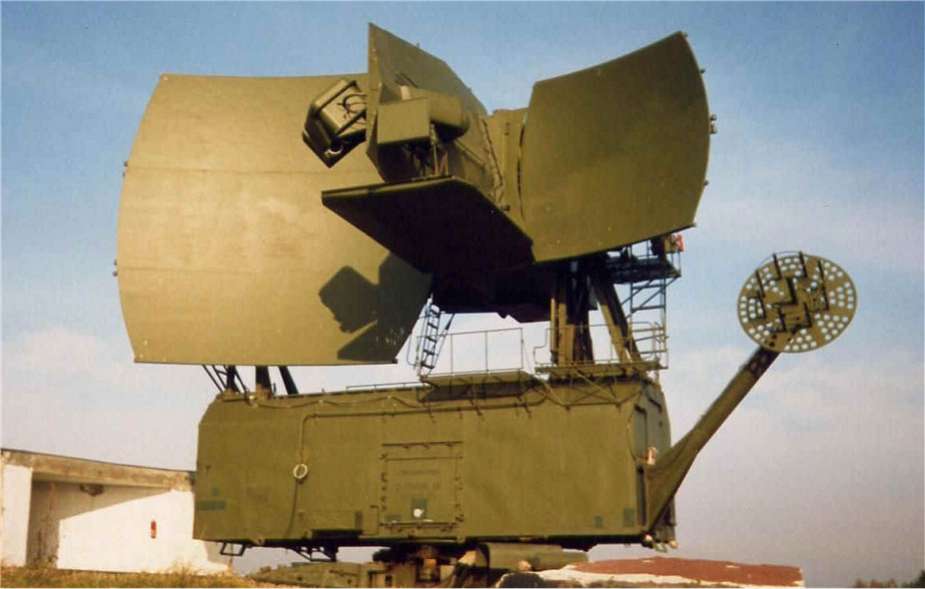
Additionally, each S-200 missile battalion is equipped with an H-band 5N62 radar, which NATO refers to as "Square Pair."
Defense News April 2024























